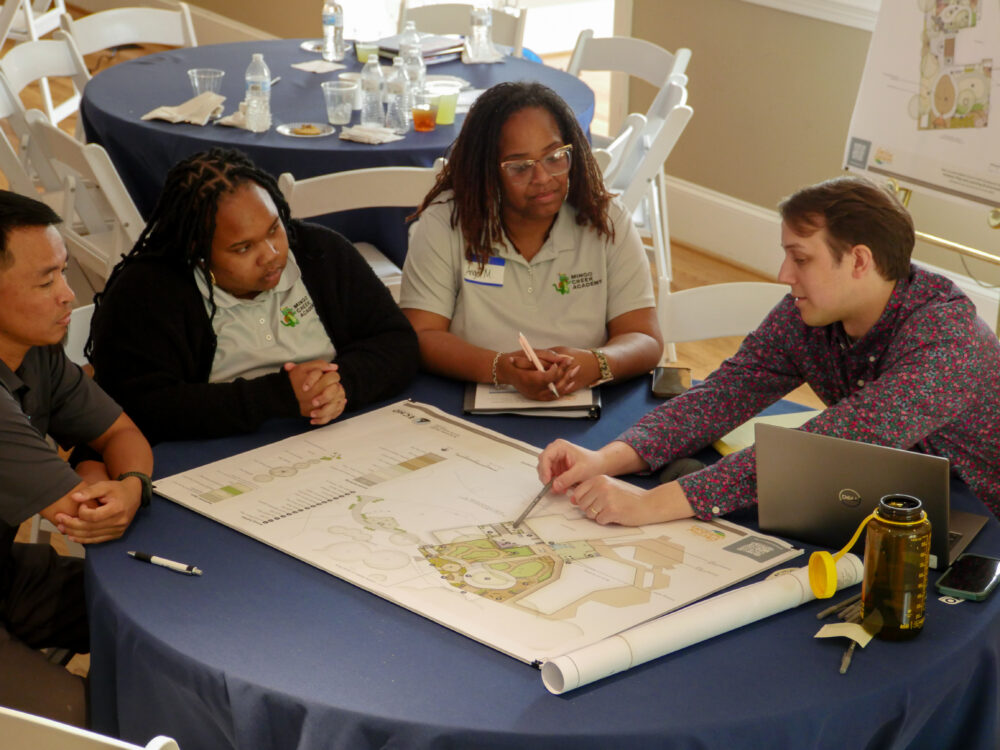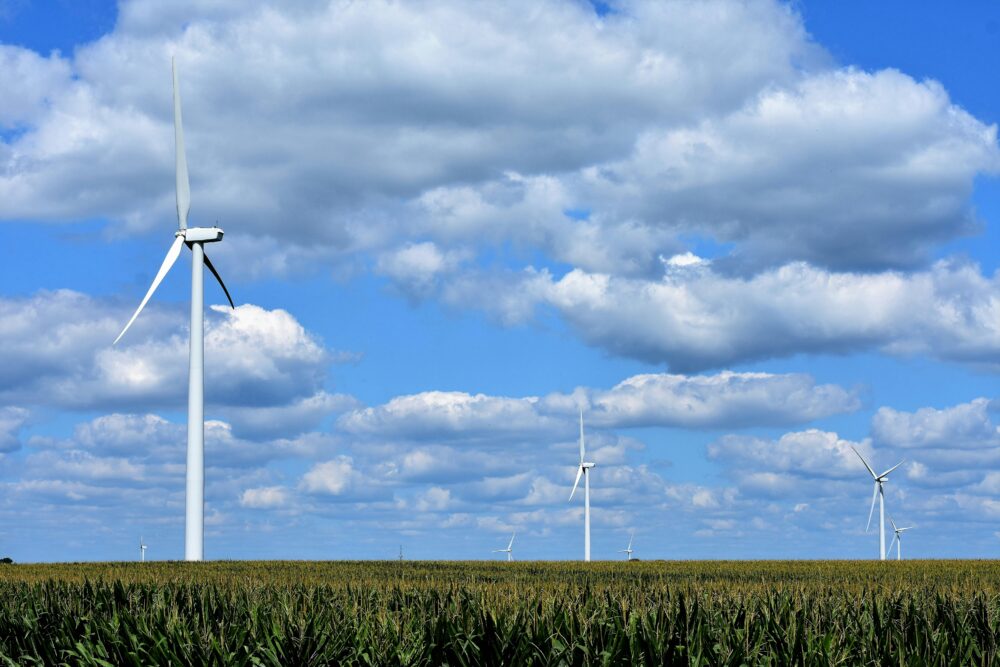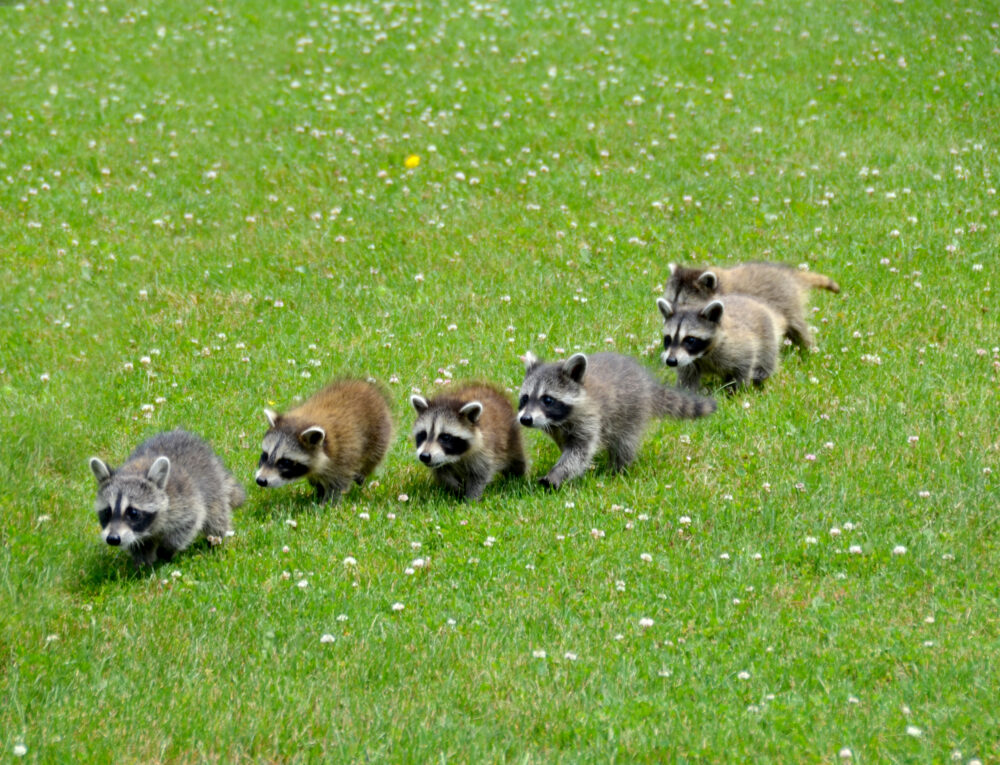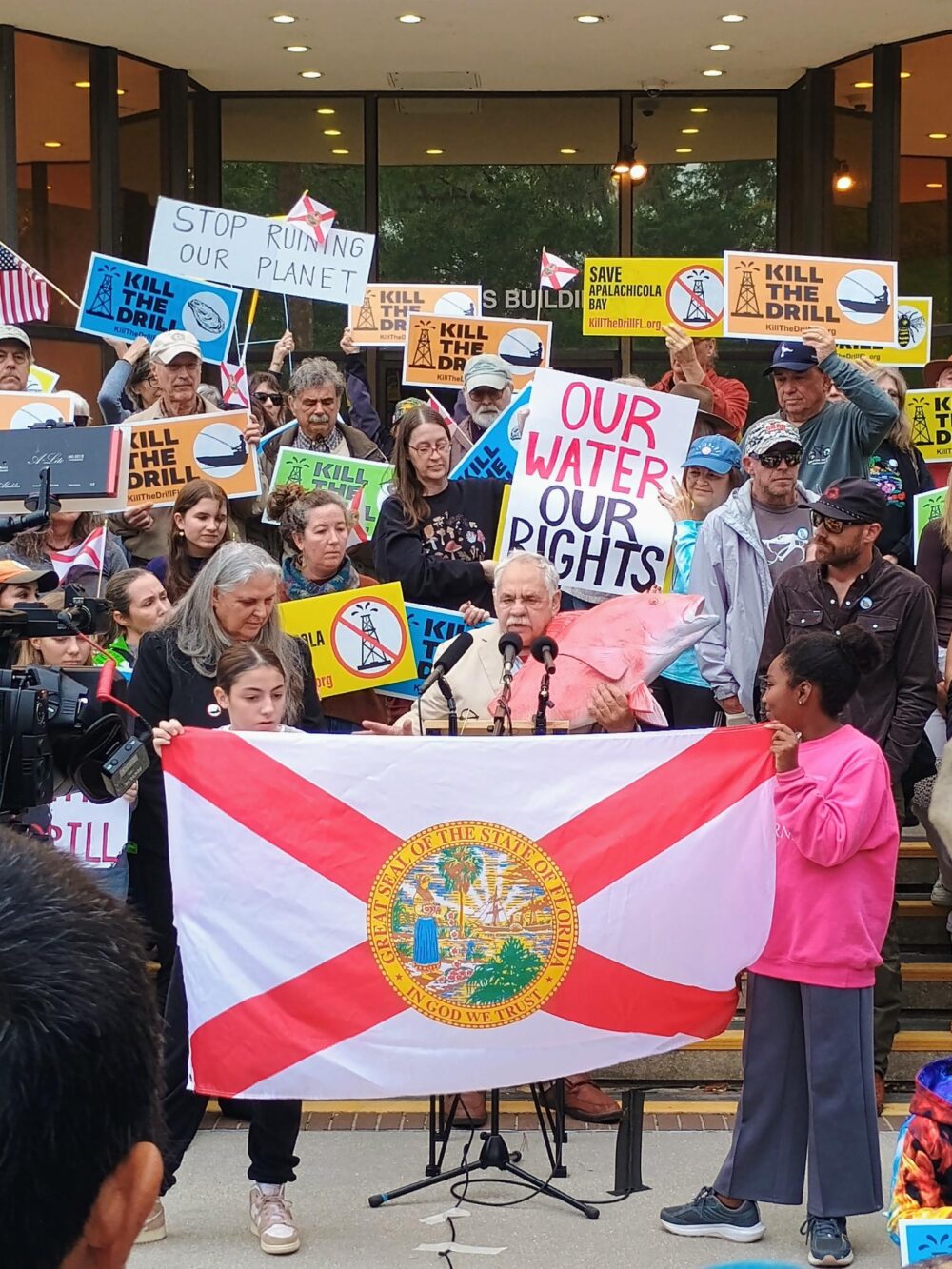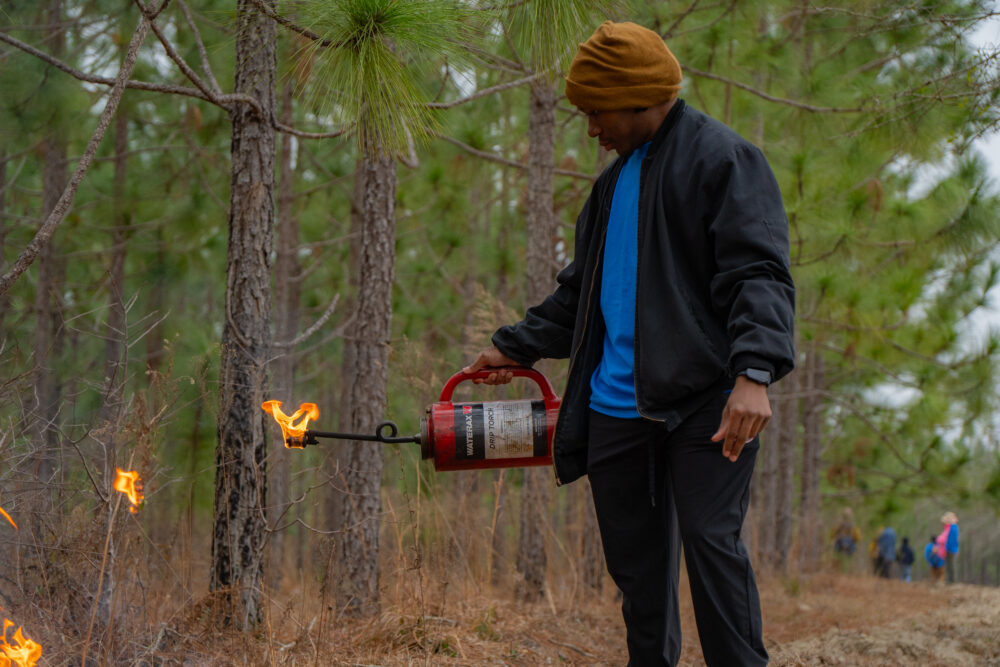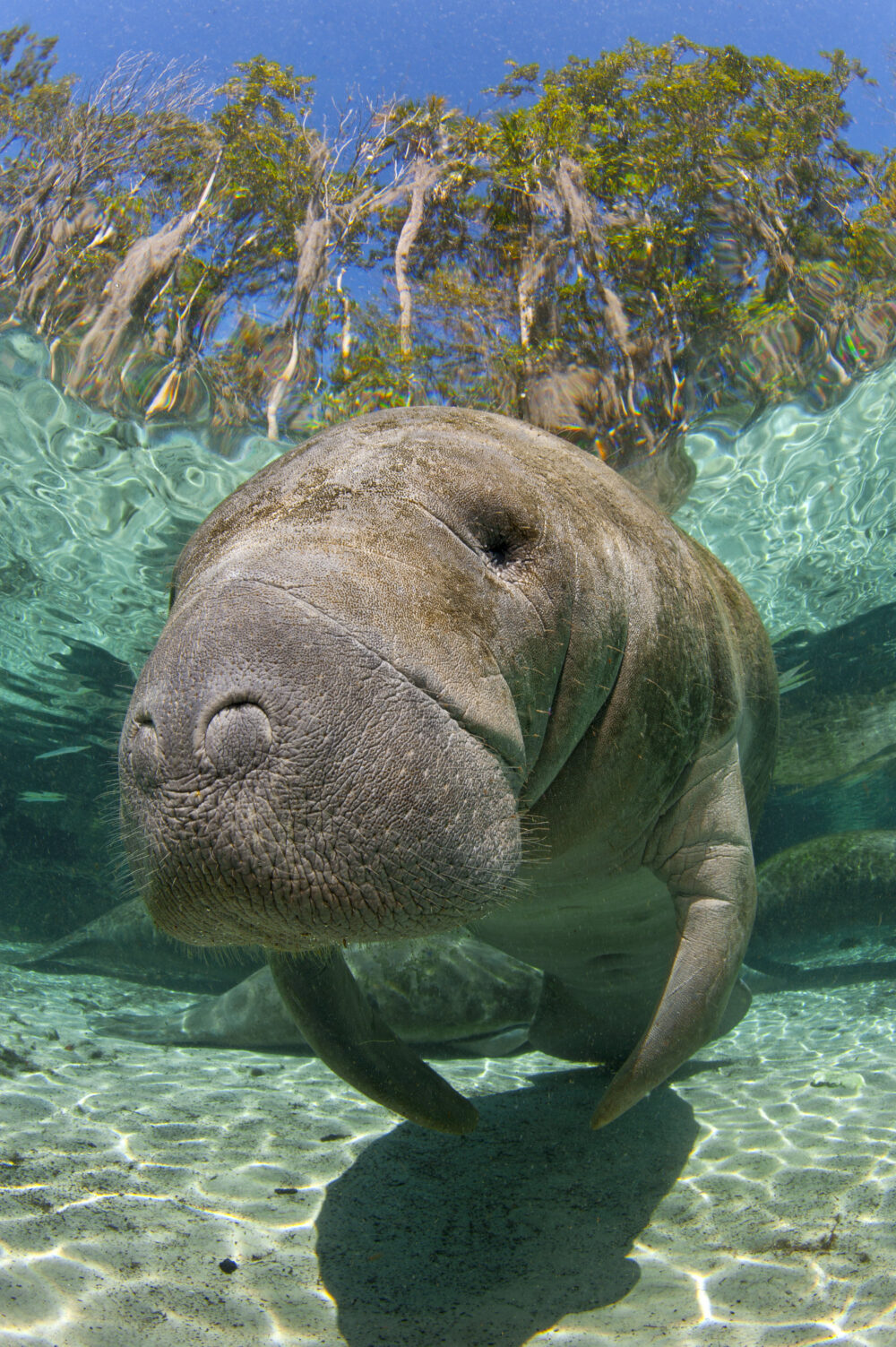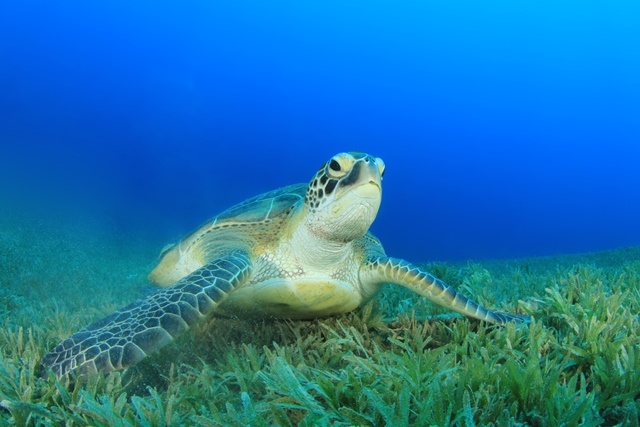We have much more to do and your continued support is needed now more than ever.
Young, and Leading the Movement to Connect with Nature
I hope I can be forgiven for saying that the conservation movement, like any community, can sometimes seem a bit like a how-many-does-it-take-to-screw-in-a-light-bulb-ready clique.
I work with pretty much the same people at NWF every day, and patterns emerge over time: the things we say, the things we wear, the things we value…all coalesce around a concern for the environment, yes, but that doesn’t make the things that make us identifiably ‘green’ any less, well, cliched.
So, how many conservationists does it take to screw in a light bulb? One to make sure it’s the right kind (fluorescent, not incandescent), one to make sure the socket is properly sited and doesn’t infringe on any sensitive wildlife habitats, one to buy the bumper sticker, one to nod sternly…
(I’m just kidding. And yes, I am wearing an “I’m fighting climate change with Ranger Rick” button as I type this, why do you ask?)
But as I looked around the room during breakfast at NWF’s first Young Leaders Assembly in DC today, convened as part of our venerable 75-year-old organization’s annual meeting festivities, I saw a lot of people who don’t look, sound or think quite how you might expect a roomful of conservationists. They seem…well, new, and they don’t conform to ‘type.’ And though we’re not exactly starved for fresh ideas in the earth-saving sector, it’s exhilarating to see some of the next generation’s brightest stars coming together at once to sketch out the next phase of the conservation movement (they were given a directive this morning to be ‘present, flexible and passionate,’ and it doesn’t seem like that will be much of a problem).
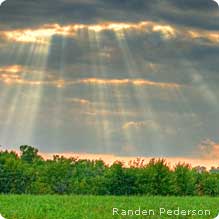
Now I’m sitting in a smaller room, for a spirited discussion of issues related to NWF’s ‘Connect to Nature’ programming and environmental literacy in America.
Kevin Coyle, NWF’s Vice President for Education and Training, just gave a sub-group of Young Leaders the rundown on the benefits of environmental education, from increased nature stewardship down the line to improved academic performance, and the need for the U.S. to prioritize environmental education nationwide and at the state level, and Laura Hickey, Senior Director of Global Warming Education and Training, spoke about the Eco-Schools USA program and its work helping educators integrate sustainable principles in schools.
But the highlight came after the issue rundown, when the young leaders split up into groups and talked about solutions to a few of the issues raised by the broader group.
Among ideas floated by this dynamic group were lobbying to get environmental education, like other subjects, recognized and evaluated by some form of standardized testing (including incentives for states that perform especially well); emphasizing teacher-level training on environmental issues; and meeting people ‘where they are’ to help them connect nature to the things they care about.
Where will this take us? We’re not exactly sure. But if people like these Young Leaders have anything to say about it, it will be fresh and, in a word, bold.
Stay tuned to Wildlife Promise for more today and tomorrow on the Young Leaders and other NWF annual meeting festivities.

